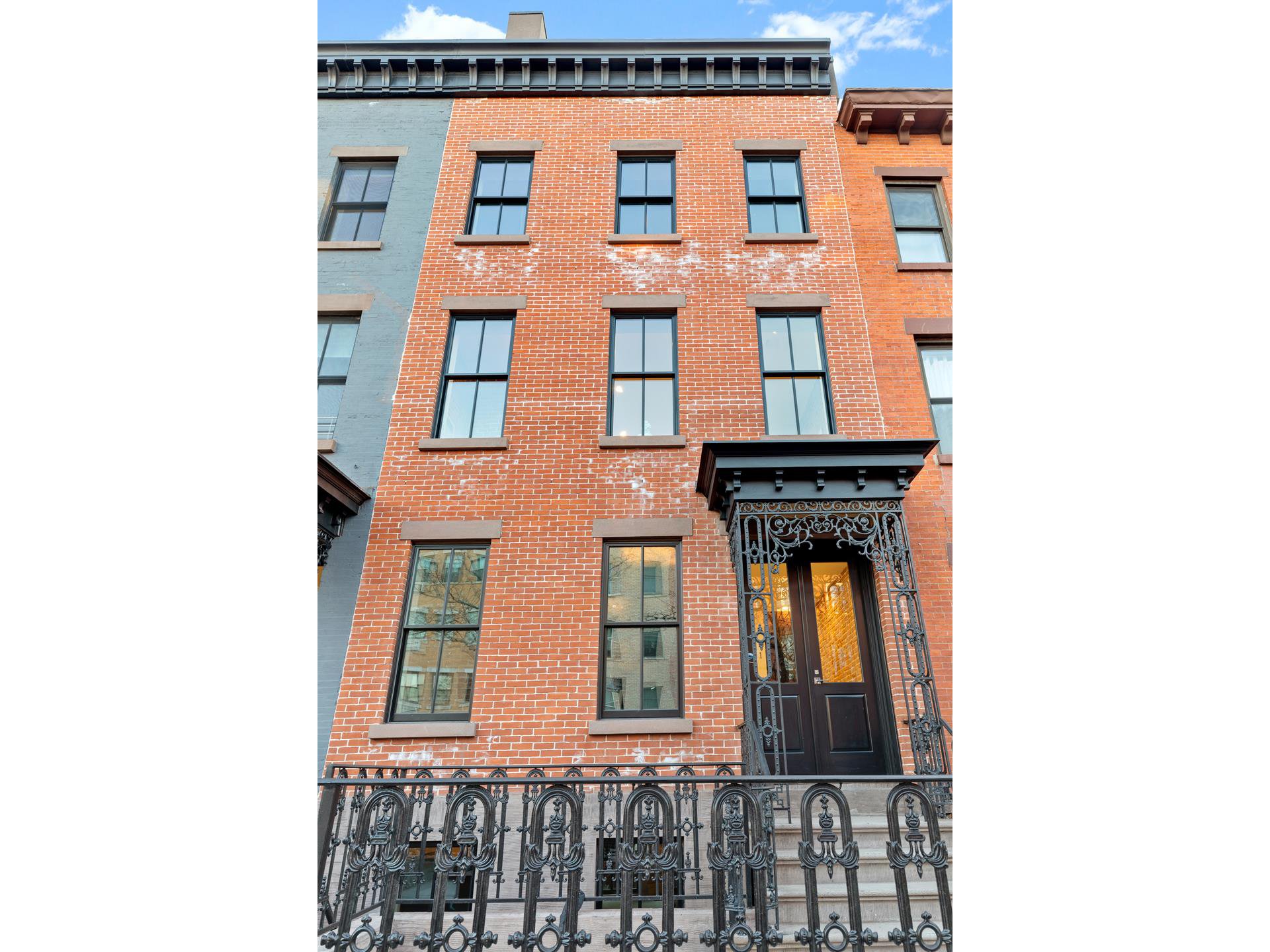Condo For Sale In Brooklyn – People often feel like they are for sale, too, in various ways. This can be particularly advantageous for entrepreneurs who might have experience in business operations but lack the time or resources to build a new venture from the ground up. Many factors can influence the negotiation, such as the business’s financial performance, industry trends, and the level of interest from other buyers. The marketplace, for all its flaws, has brought about great innovations. It carries the marks of life’s moments: the road trips, the adventures, the daily commutes, the memories of friends and family. With the rising costs of new products, especially in categories like electronics, clothing, and furniture, purchasing second-hand items can offer significant savings. The car represents possibility, and when it changes hands, it takes on new significance, a new role in a different life. Even objects with little intrinsic value can be sold with great meaning. A home is more than just walls and a roof; it’s where memories are made, where families grow, and where life unfolds. This has made it easier for people to find items that might have otherwise been out of reach, whether it’s a rare collectible, an antique, or a product from another country. The online second-hand market has also made it possible for people to buy and sell niche items that may not be available in local stores. This connection between consumers and the creators of quality goods is something that’s been fostered for centuries. It’s a moment of transition, and as with all transitions, it brings with it both excitement and uncertainty. This pride comes not just from the product itself, but from knowing that you are supporting a tradition of craftsmanship and care. Regardless of the reason, the sale of a business is an event that requires careful planning, transparent communication, and strategic negotiations. These generations are more aware of the environmental impact of fast fashion, disposable goods, and the need to adopt more sustainable practices. Whether you’re the seller or the buyer, the phrase “for sale” is a reminder that everything in life is in constant motion, always moving toward something new, something different, something better. This stage can involve a variety of specialists, such as accountants, lawyers, and industry experts, who can provide a comprehensive evaluation of the business. The internet, for example, has created a space where anyone can buy or sell almost anything, from physical products to intangible services. Whether it’s the sleek lines of a designer chair or the intricate patterns on a handwoven rug, quality goods are often as much about aesthetics as they are about functionality.

65 Oceana Dr E 9A, Brooklyn, NY 11235 2 Bed, 2 Bath Condo 22
Virtual 3d tours of homesprice historysee crime & noise scoresfind local experts

98 Front Street Luxury Dumbo Condos for Sale in Brooklyn
Virtual 3d tours of homesprice historysee crime & noise scoresfind local experts

110 SUMMIT ST, BROOKLYN, NY 11231 for Sale
Virtual 3d tours of homesprice historysee crime & noise scoresfind local experts

11 Hoyt Luxury Brooklyn Condos for Sale Building
Virtual 3d tours of homesprice historysee crime & noise scoresfind local experts

Brooklyn’s 5 priciest condos for sale
Virtual 3d tours of homesprice historysee crime & noise scoresfind local experts

Condos for Sale in Brooklyn, NY
Virtual 3d tours of homesprice historysee crime & noise scoresfind local experts

98 Front Street Luxury Dumbo Condos for Sale in Brooklyn
Virtual 3d tours of homesprice historysee crime & noise scoresfind local experts

500 Waverly Ave Brooklyn, NY 11238 MultiFamily Property for Sale on
Virtual 3d tours of homesprice historysee crime & noise scoresfind local experts

2131 Ocean Ave Brooklyn, NY 11229 MultiFamily Property for Sale on
Virtual 3d tours of homesprice historysee crime & noise scoresfind local experts

Luxury Condos in Brooklyn, NY
Virtual 3d tours of homesprice historysee crime & noise scoresfind local experts
The result is a society that increasingly prioritizes consumption over connection, profit over meaning, and exchange over understanding. Whether it's old furniture that no longer fits with their style, clothing that no longer fits, or electronics they no longer use, selling second-hand items allows individuals to recoup some of the money they spent on these goods. The process of selling it can be seen as a form of letting go, a recognition that the future may look different from the past, but that doesn’t diminish its importance or value. Second-hand items are typically sold for a fraction of their original price, making them an attractive option for individuals on a budget. Many brokers specialize in certain industries or types of businesses, allowing them to better serve their clients by offering specialized knowledge and advice. When a business is put up for sale, it is typically the result of a variety of reasons, each unique to the situation at hand. In some cases, selling second-hand items can be a way to make a significant profit, especially if the items are rare, vintage, or in high demand. For sellers, online platforms can expand their reach to a global audience of potential buyers, increasing the chances of finding the right match for their business. Thrift stores, estate sales, and online marketplaces are excellent places to find second-hand furniture, with options ranging from antique and vintage pieces to more contemporary items. A house can be bought, a car can be sold, a watch can be pawned. There are those who argue that not everything should be for sale. These platforms often provide tools that help streamline the due diligence process, including access to financial documents, business valuations, and other relevant data. For book lovers, buying second-hand books is an affordable way to build a library, and it can also be an opportunity to find rare or out-of-print titles that are no longer available in stores. When someone buys a second-hand item, whether it’s a piece of furniture passed down through generations or a retro jacket from a bygone era, they are not just acquiring an object; they are connecting to a story, a memory, or a cultural moment. Second-hand goods for sale have become an integral part of today’s economy, a trend that transcends geographic, economic, and cultural boundaries. There is also a growing trend of upcycling and repurposing second-hand goods, where items that may no longer serve their original purpose are transformed into something new and useful. The market for second-hand goods is also influenced by societal trends and economic conditions. People are rediscovering the value of items that have been made by hand, with care and skill, as opposed to the impersonal, assembly-line products that dominate the marketplace. Online platforms also give buyers and sellers the chance to evaluate one another through reviews and ratings, adding an extra layer of trust and security to the transaction. A piece of furniture, for instance, may hold sentimental value simply because it’s been in the family for generations.
The concept of quality, however, is not a one-size-fits-all. Whether it’s a handmade leather bag, a vintage watch, or a luxury car, the term “quality” brings with it an expectation — an assurance that the item in question has been crafted with care, attention to detail, and materials that can stand the test of time. In the realm of real estate, for instance, selling a house is often an emotional and logistical challenge. With the rise of e-commerce, the accessibility of quality goods for sale has expanded exponentially. For many, owning a quality product means owning a piece of history, a connection to something larger than themselves. For example, someone might be able to purchase a used smartphone or laptop with the same features and specifications as a brand-new model, but at a significantly reduced price. Books, records, and collectibles are also highly sought after in the second-hand market. Sellers often find themselves in a strange position, balancing the emotional attachment to the item with the rational need to let it go. Both the buyer and the seller are seeking the best possible terms, and finding common ground can be a challenge. While buying and selling second-hand items can come with its challenges, the rewards—both financially and environmentally—make it a worthwhile pursuit for many people. The sale process itself can be lengthy and involves multiple stages. For some, selling something may feel like a sacrifice, while for others, it may feel like an investment in their future. The sale and purchase of second-hand goods play a pivotal role in this transition, demonstrating how individuals can make a meaningful impact through everyday choices. The “for sale” sign becomes a marker in time, a decision that has been made, signaling that it’s time to move on. Whether it’s the smooth finish of a well-polished wooden table or the satisfying feel of a perfectly balanced knife in your hand, quality goods evoke a sense of pride in their ownership. People are rediscovering the value of items that have been made by hand, with care and skill, as opposed to the impersonal, assembly-line products that dominate the marketplace. In addition to offering unique items and affordable prices, many second-hand stores also serve an important social and community function. The growing interest in second-hand goods can also be attributed to shifting cultural attitudes toward consumption. For the buyer, there is the risk of inheriting a business with hidden problems or liabilities that were not disclosed during the due diligence process. In a circular economy, items are kept in use for as long as possible, reducing the need for new resources and minimizing environmental harm.